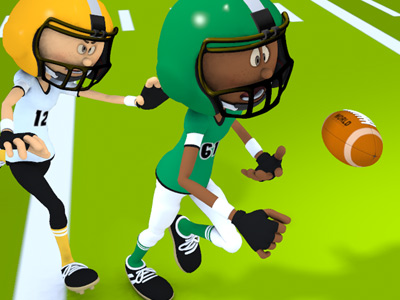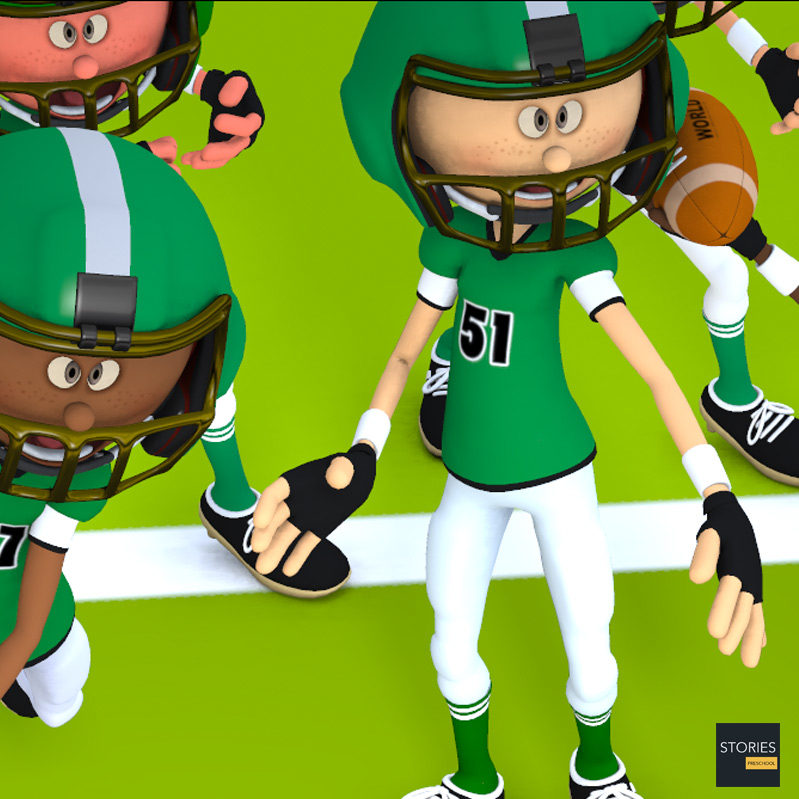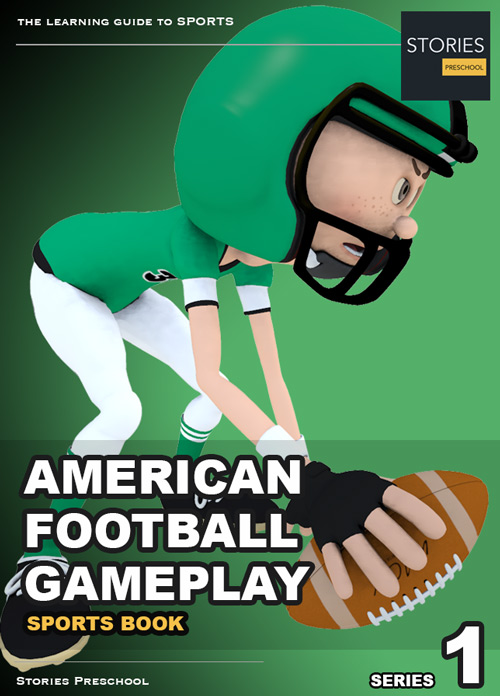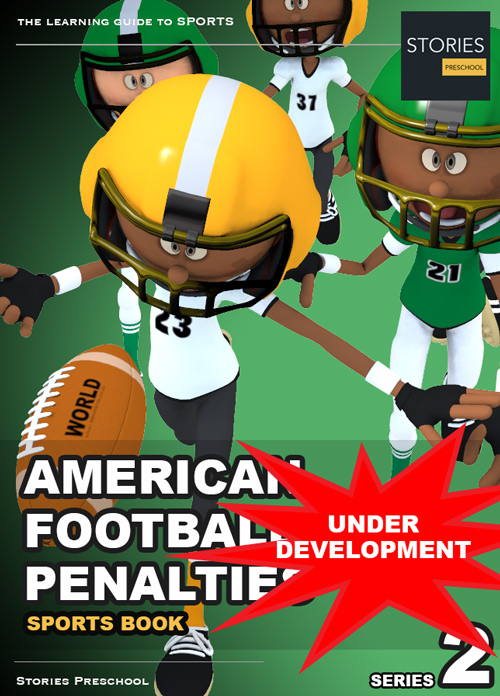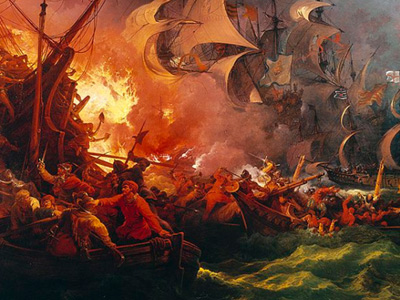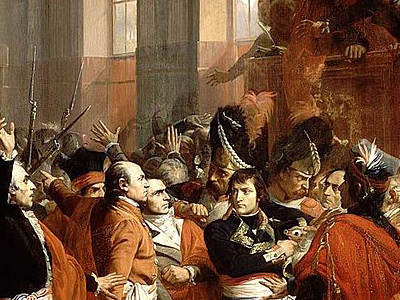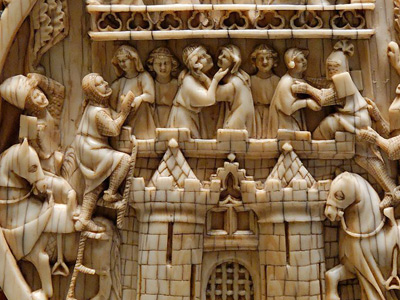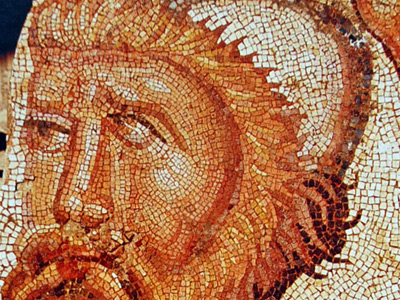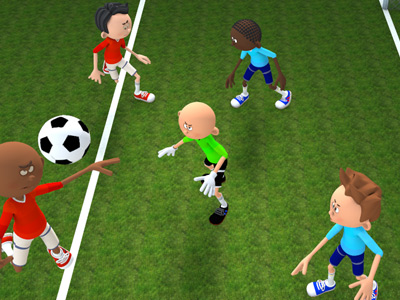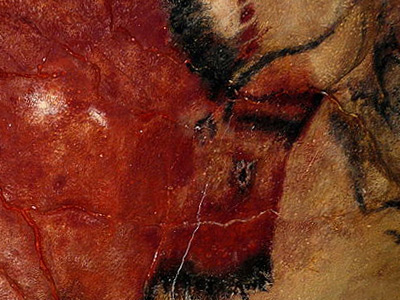American football
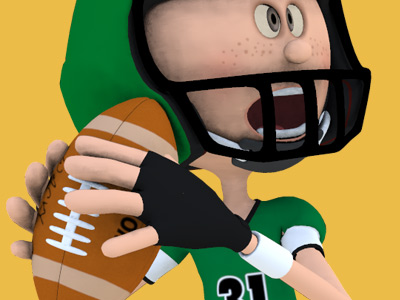
Officials and Fouls
Officials are responsible for enforcing game rules and monitoring the clock. All officials carry a whistle and wear black-and-white striped shirts and black hats except for the referee, whose hat is white. Each carries a weighted yellow flag that is thrown to the ground to signal that a foul has been called.
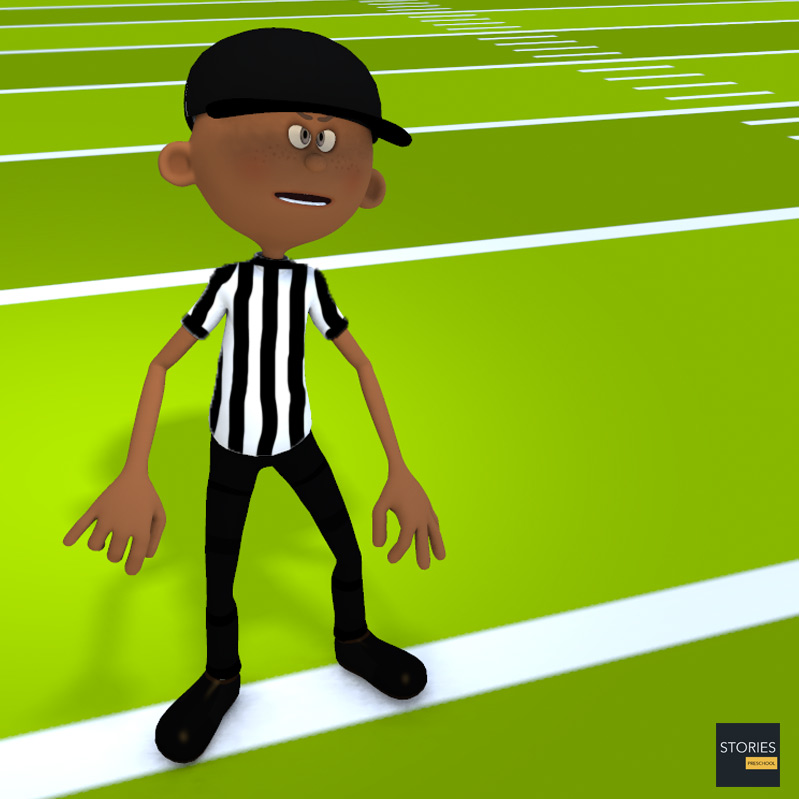
An official who spots multiple fouls will throw his hat as a secondary signal. The seven officials on the field are each tasked with a different set of responsibilities:
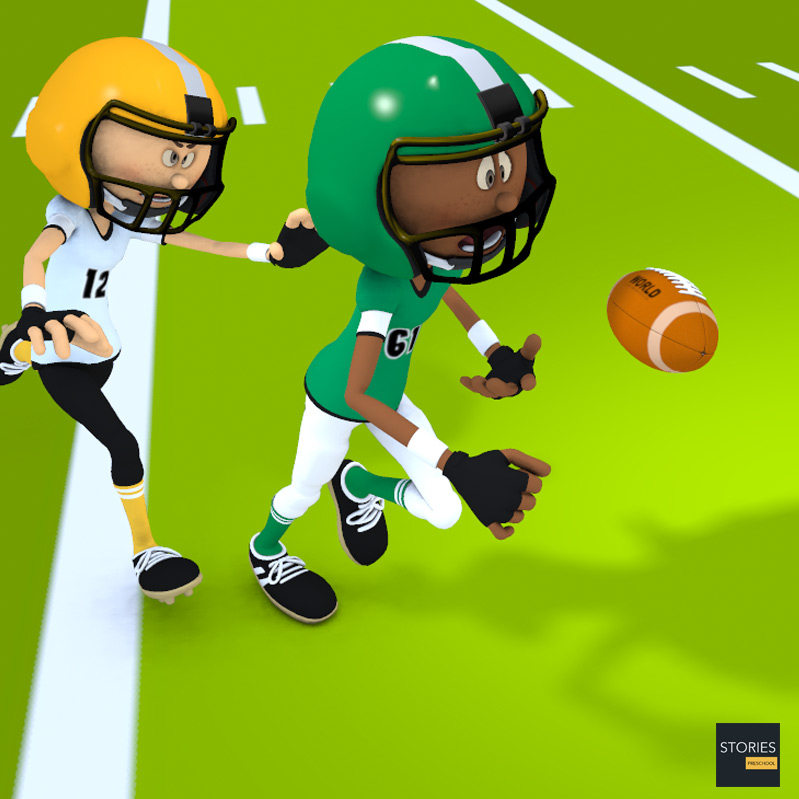
Referee
The referee is positioned behind and to the side of the offensive backs. He is charged with oversight and control of the game and is the authority on the score, the down number, and any and all rule interpretations in discussions between the other officials. He announces all penalties and discusses the infraction with the offending team's captain, monitors for illegal hits against the quarterback, makes requests for first-down measurements, and notifies the head coach whenever a player is ejected.
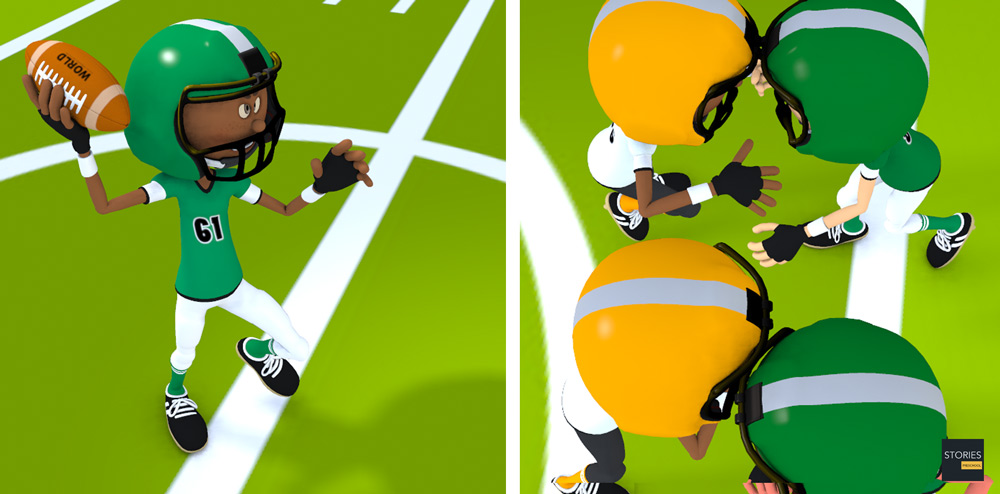
Umpire
The umpire is positioned in the defensive backfield. He watches play along the line of scrimmage to make sure that no more than 11 offensive players are on the field prior to the snap and that no offensive linemen are illegally downfield on pass plays.
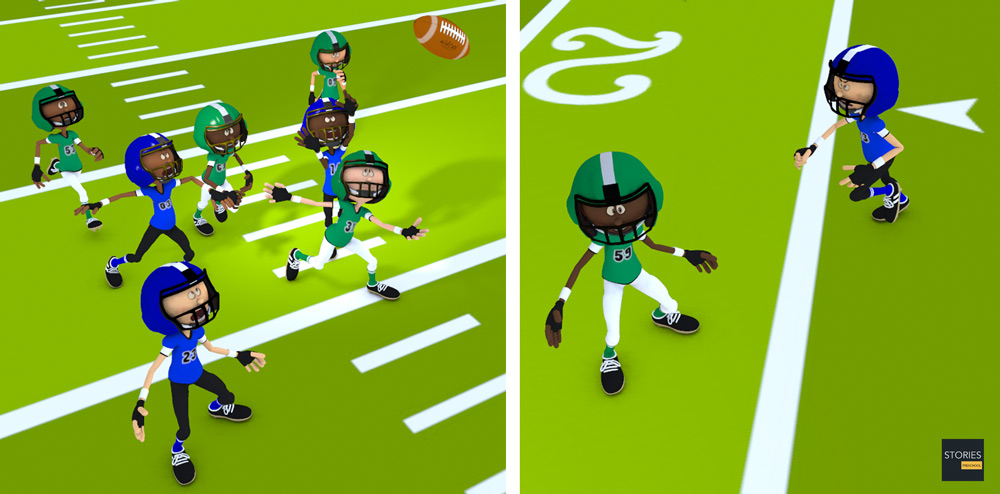
He monitors the contact between offensive and defensive linemen and calls most of the holding penalties. The umpire records the number of timeouts taken and the winner of the coin toss and the game score, assists the referee in situations involving possession of the ball close to the line of scrimmage, determines whether player equipment is legal, and dries wet balls prior to the snap if a game is played in rain.
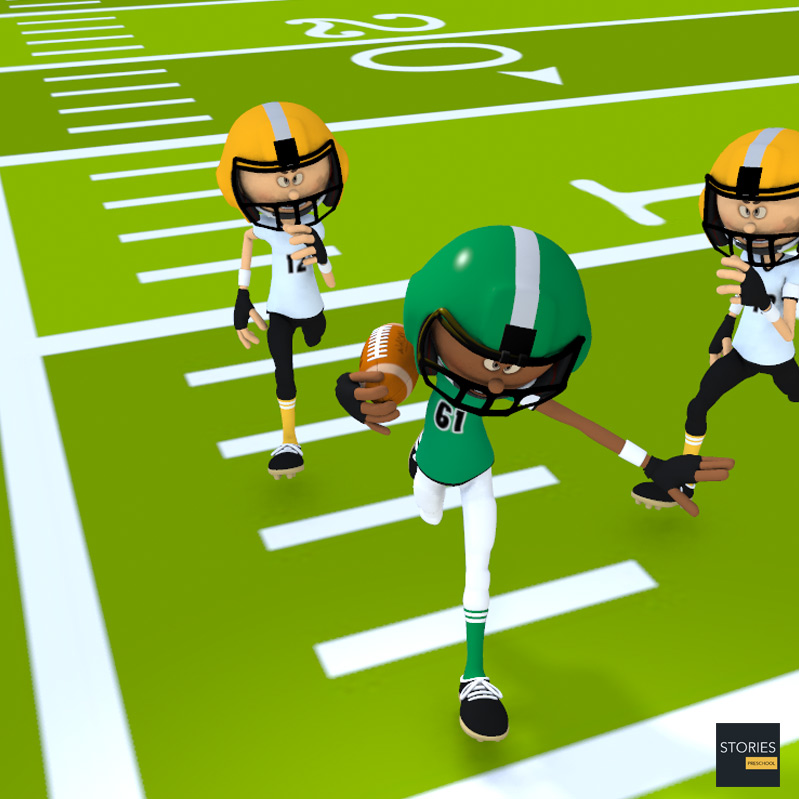
Back Judge
The back judge is positioned deep in the defensive backfield, behind the umpire. He ensures that the defensive team has no more than 11 players on the field and determines whether catches are legal, whether field goal or extra point attempts are good, and whether a pass interference violation occurred.
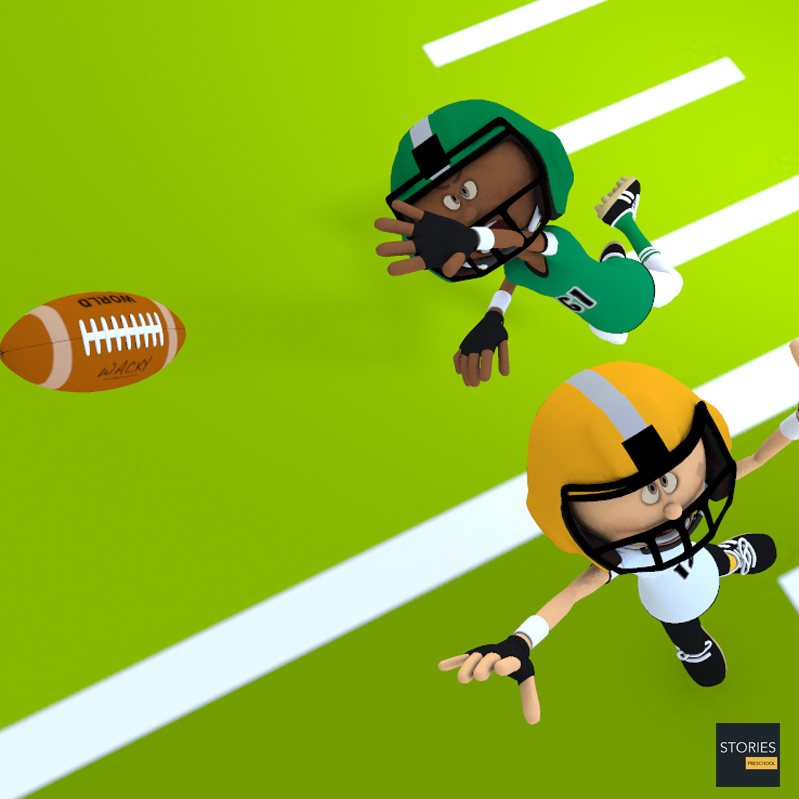
Head Linesman
The head linesman is positioned on one end of the line of scrimmage. He watches for any line-of-scrimmage and illegal use-of-hands violations and assists the line judge with illegal shift or illegal motion calls. The head linesman also rules on out-of-bounds calls that happen on his side of the field, oversees the chain crew and marks the forward progress of a runner when a play has been whistled dead.
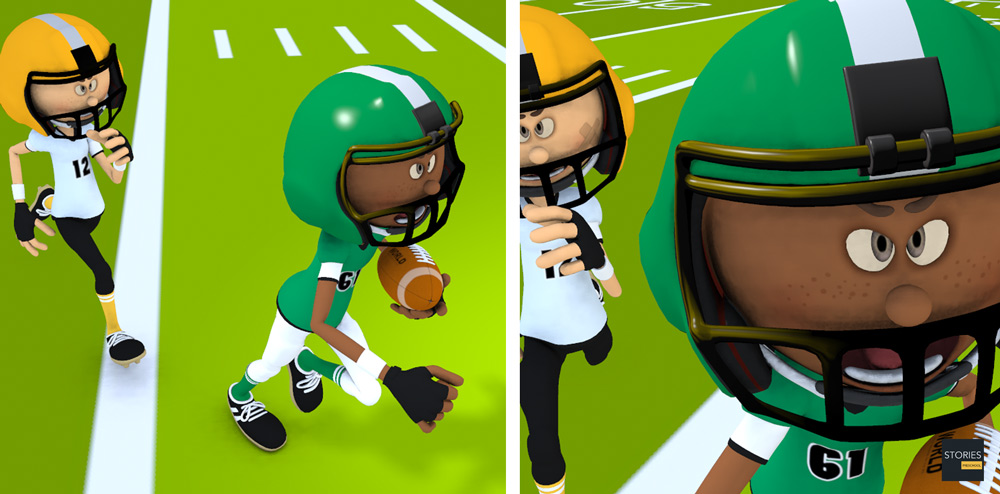
Side Judge
The side judge is positioned twenty yards downfield of the head linesman. He mainly duplicates the functions of the back judge.
Line Judge
The line judge is positioned on the end of the line of scrimmage, opposite the head linesman. He supervises player substitutions, the line of scrimmage during punts, and game timing. He notifies the referee when time has expired at the end of a quarter and notifies the head coach of the home team when five minutes remain for halftime. In the NFL, the line judge also alerts the referee when two minutes remain in the half. If the clock malfunctions or becomes inoperable, the line judge becomes the official timekeeper.
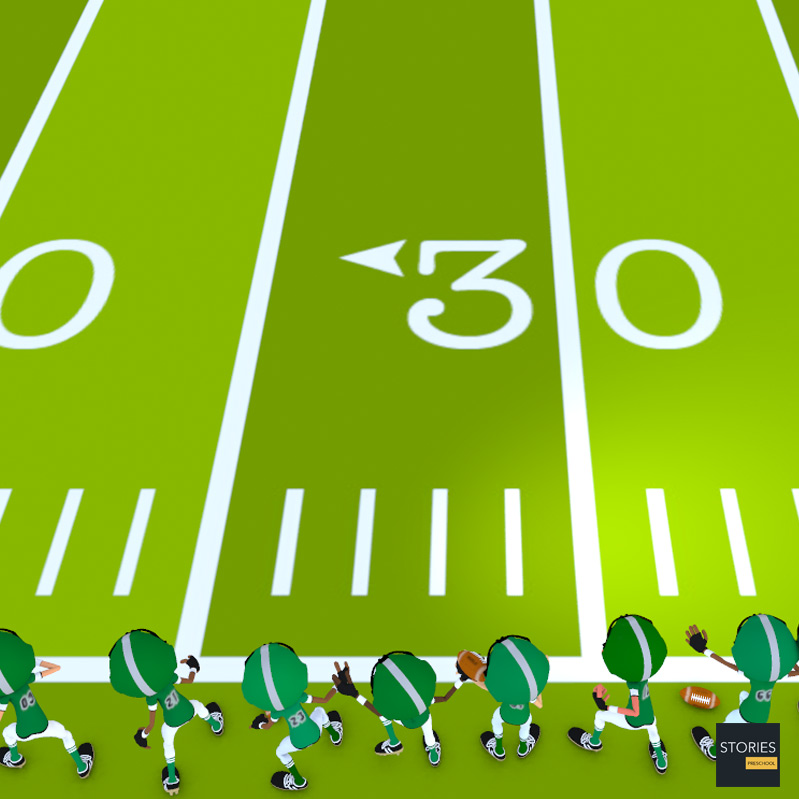
Field Judge
The field judge is positioned twenty yards downfield from the line judge. He monitors and controls the play clock, counts the number of defensive players on the field, and watches for offensive pass interference and illegal use-of-hands violations by offensive players. He also makes decisions regarding catches, recoveries, the ball spot when a player goes out of bounds, and illegal touching of fumbled balls that have crossed the line of scrimmage.
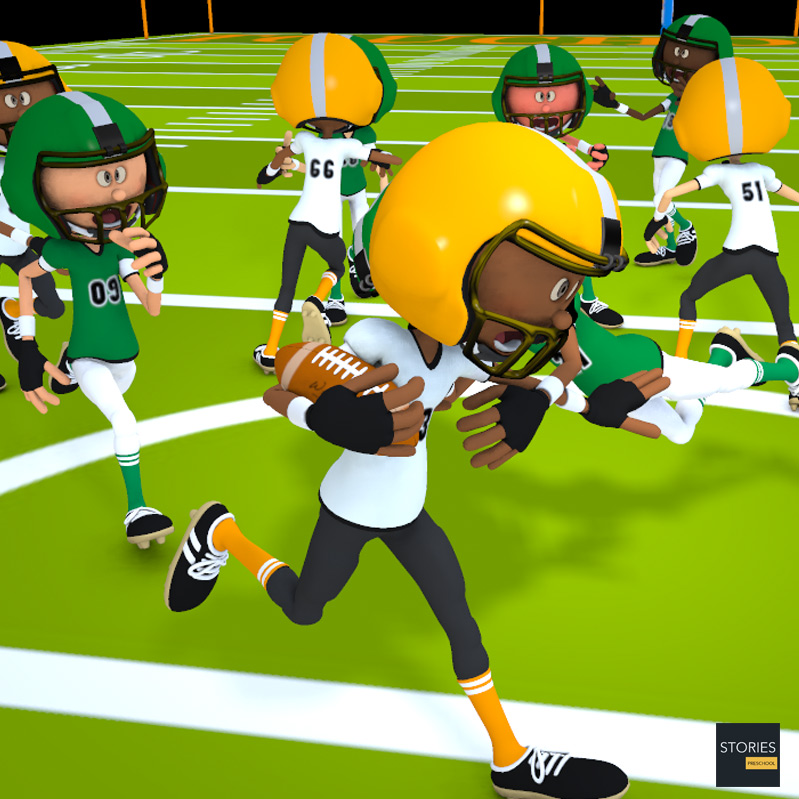
Another set of officials, the chain crew, are responsible for moving the chains. The chains, consisting of two large sticks with a 10-yard-long chain between them, are used to measure for a first down. The chain crew stays on the sidelines during the game, but if requested by the officials they will briefly bring the chains on to the field to measure. A typical chain crew will have at least three people - two members of the chain crew will hold either of the two sticks, while a third will hold the down marker. The down marker, a large stick with a dial on it, is flipped after each play to indicate the current down, and is typically moved to the approximate spot of the ball. The chain crew system has been used for over 100 years and is considered to be an accurate measure of distance, rarely subject to criticism from either side.
SPORTS
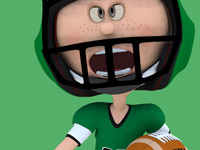
RESOURCES
This article uses material from the Wikipedia articles "American football" and "American football rules", which is released under the Creative Commons Attribution-Share-Alike License 3.0.
© Stories Preschool. All Rights Reserved.
